How to Cultivate Awe, Gratitude and Altruism to Boost Nonprofit Fundraising
I’m a huge fan of the Greater Good Science Center at U.C. Berkeley, and often apply their research to nonprofit fundraising and marketing. A recent article really struck me: How to Find Your Purpose in Life.
Over my 30 years of practice as an in-house development professional, the fundamental thing I learned is this:
You serve your donors every bit as much as they serve your organization’s mission.
Please allow that to sink in.
You have a mission. A purpose. Donors can help you get there.
Your donors are looking for purpose. You can help them find it.
It’s a symbiotic relationship. And you have a role in fostering that relationship. What is that role?
Your job is to facilitate your donor’s philanthropic journey. Their journey to discover their purpose.
So what’s this really all about?
Details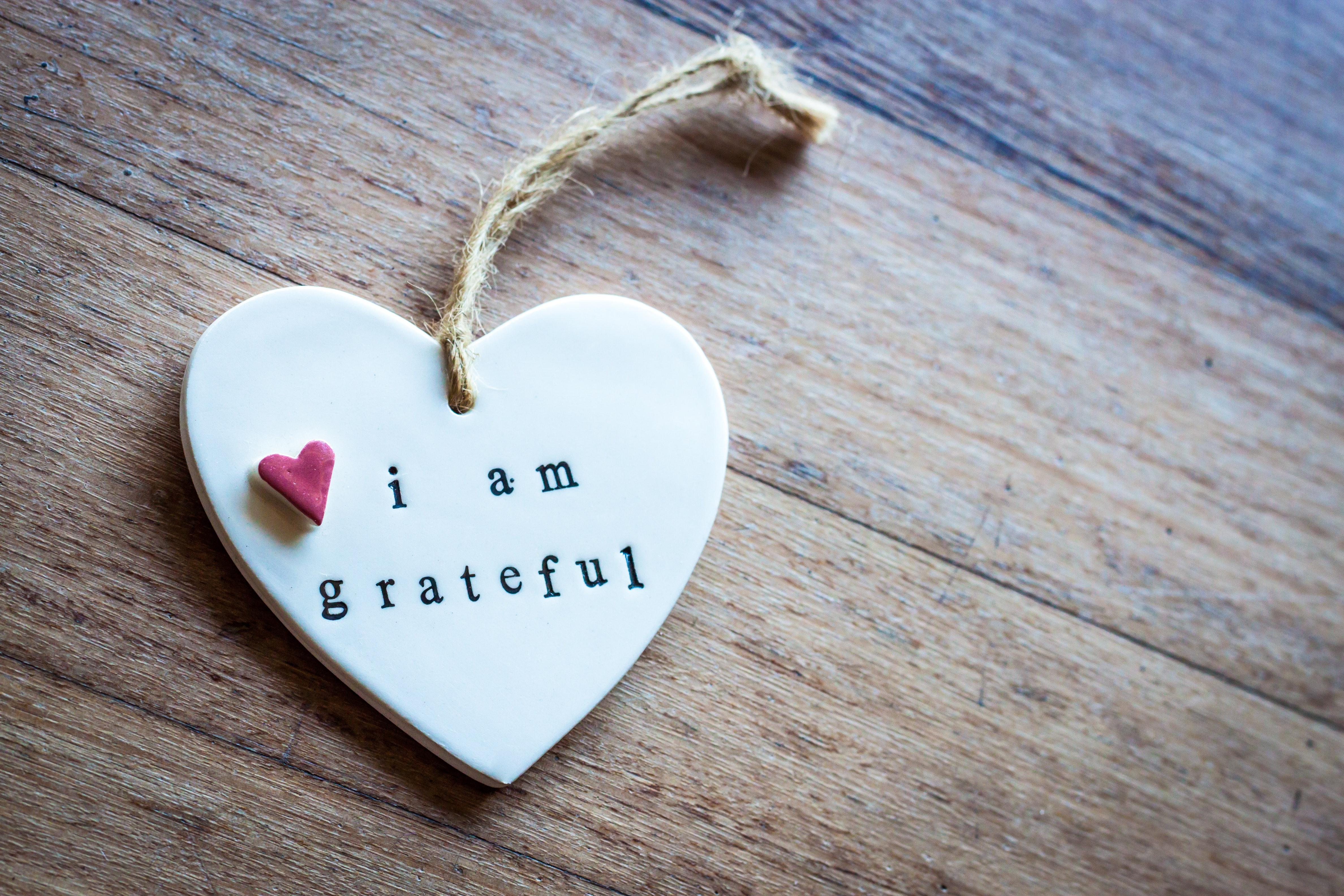

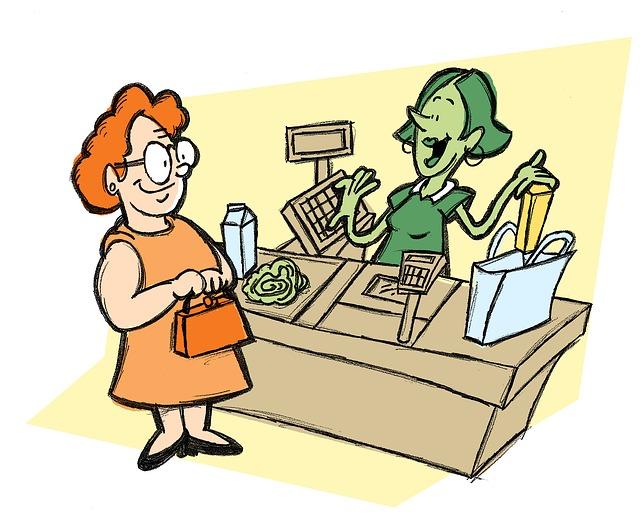
 The Unfair Exchange
The Unfair Exchange


 I recently listened in on a thoughtful webinar by Scot Lumpkin for
I recently listened in on a thoughtful webinar by Scot Lumpkin for 

 What’s in a name?
What’s in a name?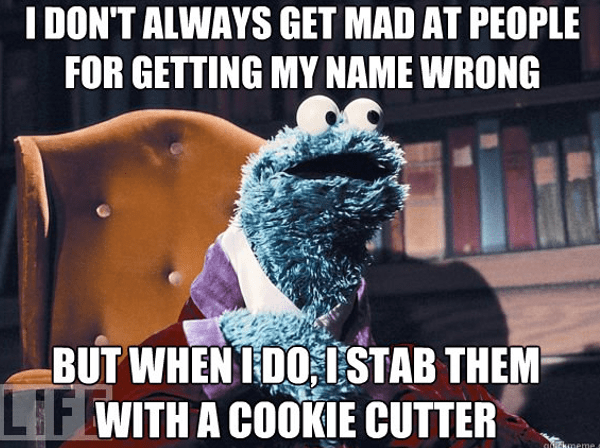
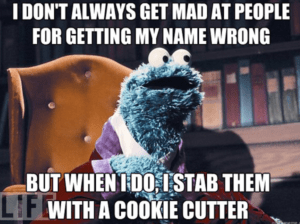
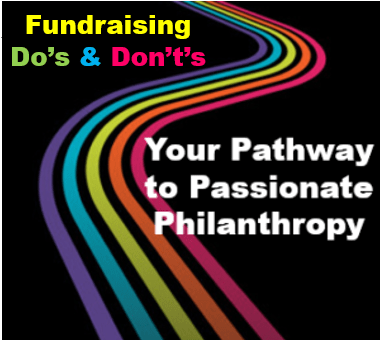
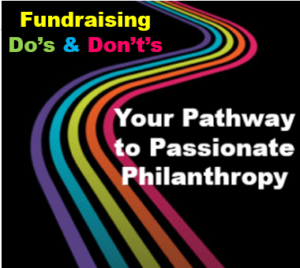 I’m continuing with my new, occasional feature of “Do’s vs. Don’ts.”
I’m continuing with my new, occasional feature of “Do’s vs. Don’ts.”